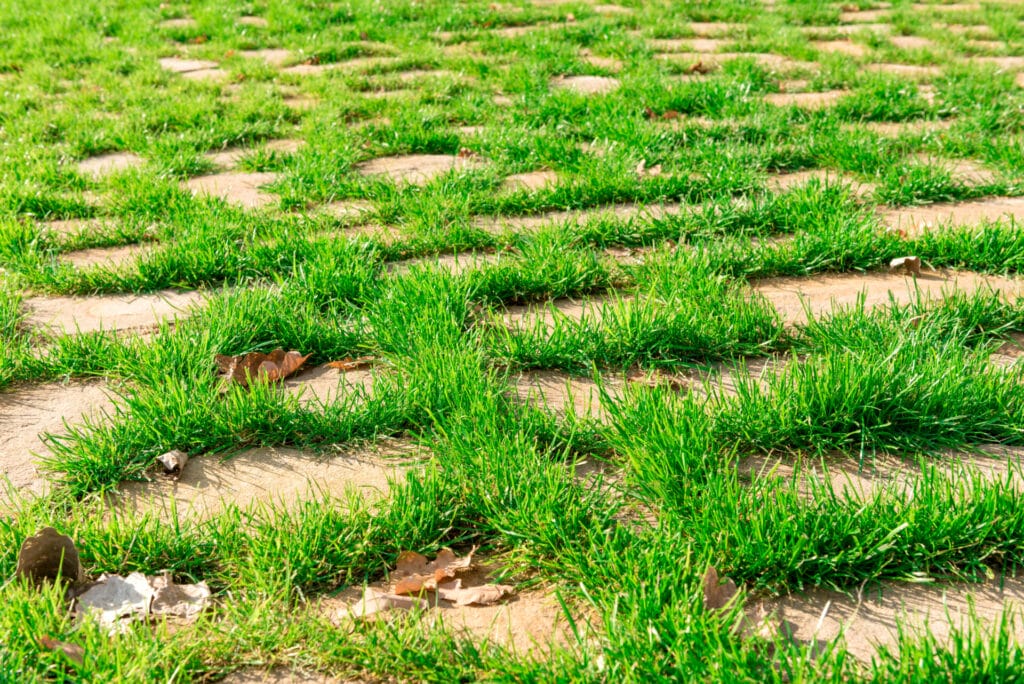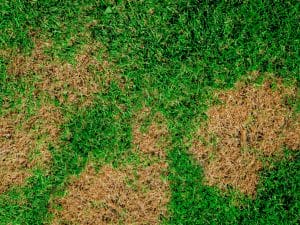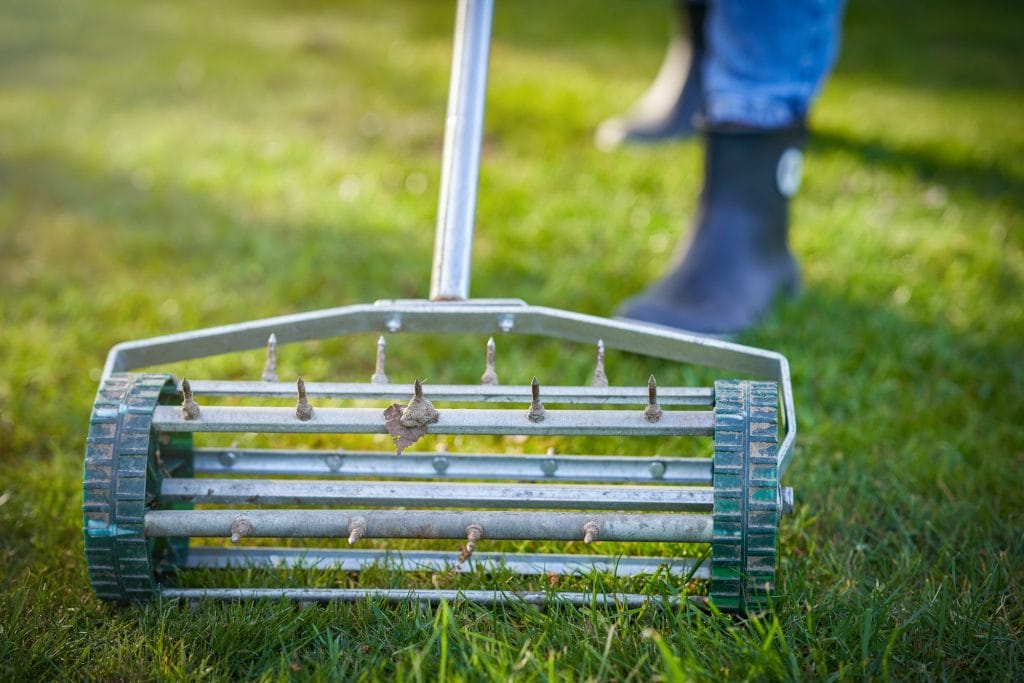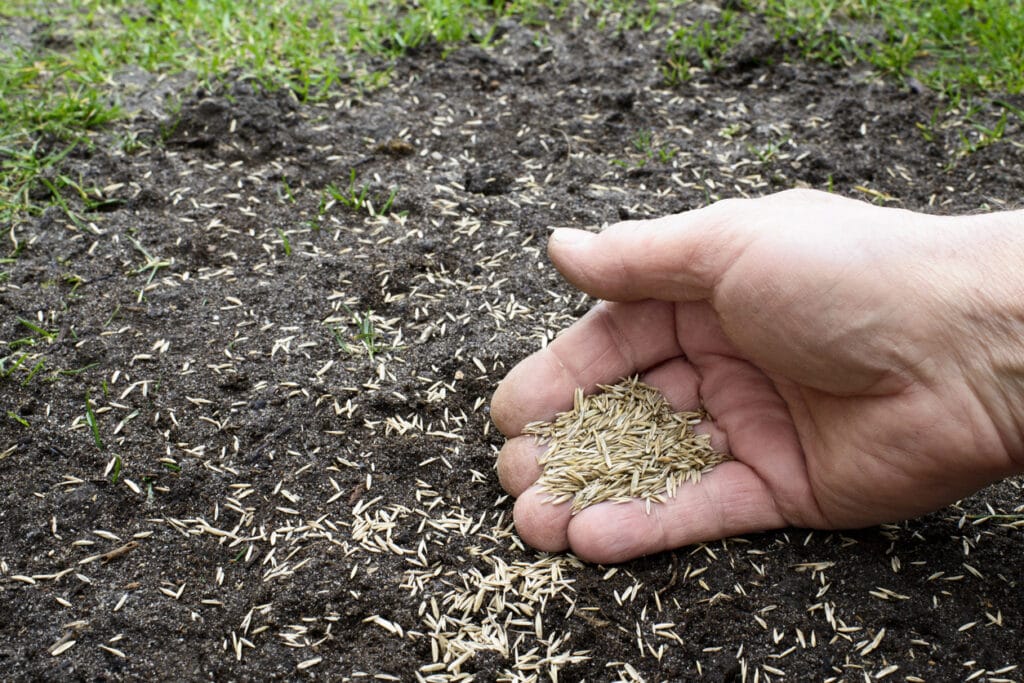
A lush, green lawn is the epitome of a well-maintained home. However, for many homeowners, achieving that perfect lawn can feel like an elusive dream. Despite all efforts, brown patches, weeds, and bare spots seem to persist. If you find yourself in this predicament, fear not; you’re not alone. In this comprehensive guide, we’ll uncover seven common reasons why you might be struggling to maintain a healthy lawn.

The foundation of a healthy lawn lies beneath the surface—in the soil. Poor soil quality can impede grass growth and make it susceptible to diseases and pests. One common issue is soil compaction, which restricts root growth and inhibits nutrient absorption. Another factor is soil pH imbalance; most grass types prefer a slightly acidic soil pH, and deviations can hinder nutrient availability. Conducting a soil test can reveal deficiencies and guide amendments to improve soil health.
Believe it or not, how you mow your lawn can significantly impact its health. Cutting the grass too short (scalping) weakens the roots and exposes the soil to sunlight, promoting weed growth. On the other hand, neglecting to mow regularly allows grass to grow too tall, creating an uneven lawn and encouraging pests. Additionally, using dull mower blades tears rather than cuts the grass, leading to browning and susceptibility to disease. Aim to mow at the appropriate height for your grass type and keep your mower blades sharp for a clean cut.
Water is essential for a healthy lawn, but finding the right balance can be challenging. Over-watering can suffocate the roots by depriving them of oxygen and promote fungal diseases. Conversely, under-watering causes grass to become stressed, resulting in brown patches and thinning. Factors such as climate, soil type, and grass species influence watering needs. Implementing a smart irrigation system or using a rain gauge can help you tailor watering schedules to your lawn’s specific requirements.

Weeds are not just unsightly; they compete with grass for essential nutrients, water, and sunlight. Failure to implement a proactive weed control strategy can result in a patchy and unkempt lawn. Hand pulling weeds is effective for small infestations, but larger areas may require herbicidal treatments. Pre-emergent herbicides prevent weed seeds from germinating, while post-emergent herbicides target existing weeds. Regularly monitoring your lawn for weed growth and addressing them promptly can prevent them from overtaking your turf.
Like any living organism, grass requires nutrients to thrive. However, many lawns suffer from nutrient deficiencies due to inadequate fertilization or improper application. Nitrogen, phosphorus, and potassium are the primary macronutrients essential for healthy grass growth. Micronutrients such as iron, magnesium, and calcium are also crucial for overall turf health. Conducting a soil test can identify nutrient deficiencies and guide a tailored fertilization plan. Avoid over-fertilizing, as excess nutrients can leach into waterways, causing pollution.
Grass, like most plants, needs sunlight to undergo photosynthesis, the process by which it produces energy. Shaded areas of your lawn may struggle to maintain healthy grass due to limited sunlight exposure. Trees, buildings, and structures can cast shadows, inhibiting grass growth and creating patchy areas. Consider pruning back overhanging branches or strategically planting shade-tolerant grass species in shaded areas. Additionally, aerating compacted soil can improve root growth and nutrient uptake, aiding in grass survival in low-light conditions.
Pests and diseases pose significant threats to lawn health, capable of decimating grass populations if left unchecked. Common lawn pests include grubs, chinch bugs, and armyworms, which feed on grass roots and foliage. Meanwhile, fungal diseases like brown patch and dollar spot thrive in moist, humid conditions and can quickly spread throughout the lawn. Implementing proper cultural practices, such as aerating, dethatching, and overseeding, can strengthen grass plants and make them more resilient to pest and disease pressures. Additionally, timely application of insecticides and fungicides can help control infestations and prevent widespread damage.



Maintaining a healthy lawn requires diligence, patience, and a comprehensive understanding of the factors influencing turf health. By addressing soil quality, mowing practices, watering routines, weed control, nutrient management, sunlight access, and pest/disease management, you can overcome common obstacles and cultivate the lush, green lawn of your dreams. Remember, consistency is key—regular maintenance and proactive measures will ensure your lawn remains vibrant and resilient year-round. With the right knowledge and effort, achieving a healthy lawn is within reach for every homeowner.
Share this Post:
Read More Posts Like This:





